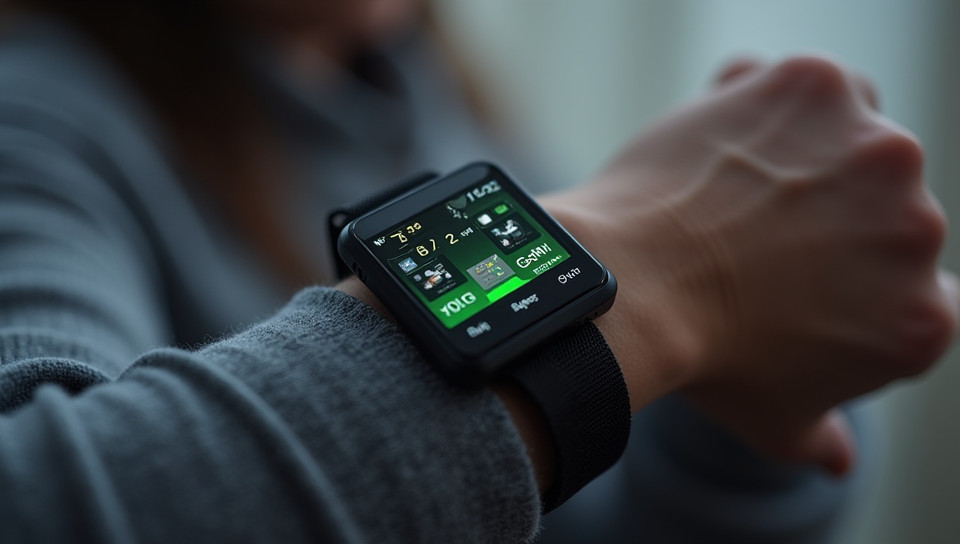Wearable tech often requires recharging or battery replacement 70%

The Dark Side of Wearable Tech: Why Recharging and Battery Replacement Are the Norm
Wearable technology has revolutionized the way we live, track our fitness goals, and manage our daily lives. From smartwatches to fitness trackers, these devices have become an essential part of many people's daily routines. However, there's a downside to this convenience – most wearable tech requires recharging or battery replacement.
The Battery Life Conundrum
One of the main reasons why wearable tech is often associated with recharging and battery replacement is its limited battery life. Even the latest models can only last for a few days on a single charge, making it necessary for users to recharge their devices daily. This can be inconvenient, especially for people who are always on-the-go.
The Impact of Battery Life on User Experience
The limitations of wearable tech's battery life have several consequences:
- It restricts the device's usage time
- Forces users to plan ahead and charge their devices regularly
- May lead to frustration and dissatisfaction with the product
Why Can't Wearable Tech Have Better Batteries?
There are a few reasons why wearable tech can't seem to crack the code on long-lasting batteries:
- Miniaturization: Wearable devices are often small, making it challenging to pack larger batteries
- Power consumption: Wearable devices require power to operate their sensors, screens, and connectivity features
- Cost: Increasing battery size or capacity increases production costs
Conclusion
While wearable tech has come a long way in terms of design, functionality, and user experience, its limitations are clear. The need for recharging and battery replacement can be frustrating and may deter some users from adopting these devices altogether. However, as technology advances, we can expect to see improvements in battery life and more efficient power management systems. For now, users will have to continue charging their wearable tech regularly – a necessary trade-off for the convenience and benefits it provides.
- Created by: Maria Reed
- Created at: Aug. 13, 2024, 11:45 p.m.
- ID: 7069








